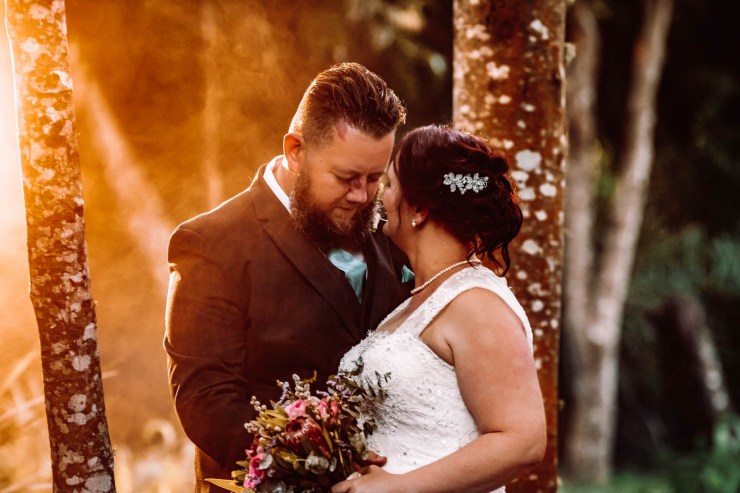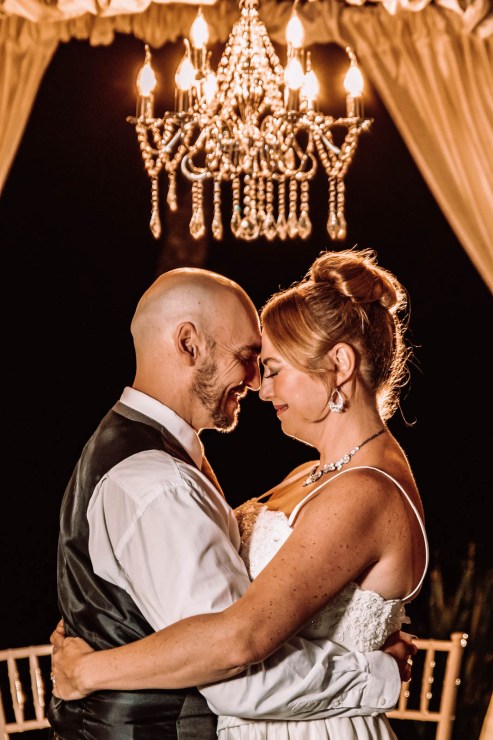It took me years to work up the guts to start playing with off-camera flash. As an enthusiastic but financially-challenged amateur photographer, buying a flash seemed like an expense fraught with uncertainty. I didn’t know what I was looking for, they cost a lot, and I didn’t know what to do with it when I got one.
I bought my first flash with zero research, zero education and based purely off the cheapest one I could find. To this day I can’t tell you what brand it was because it barely seemed to work with my camera. I’m sure it was user error, but the only photos I managed to take were startled-deer-in-the-headlights photos: direct flash, blasted right in the eyes! Perfect.
Burnt by this experience I avoided flash for years more. Even when I first launched my fledgling photography business, I didn’t use a flash, let alone an off-camera one. My photography had improved dramatically from my early days but I was still limited to daylight.
Flash gets results you can’t get with daylight
Then I booked my first wedding with full reception coverage. The time had come: I had six months to get up to speed on speedlights.
I researched and studied: I took online courses, in-person workshops and did lots of reading. I practiced — a lot. And who knew? It turns out that when you know what you’re doing, flash actually helps your photography!
I’m certainly still no expert. I know enough to achieve the results I want, quickly, when I’m shooting events. I can simulate golden hour with my flash setup, or use flash to create a night portrait. Even just knowing how to balance ambient light while illuminating the subject with flash has made a huge difference to my shots.

There’s always more to learn and I do wish that I’d been willing to dive into flash earlier. It’s a hard call on what to invest in when a flash system costs as much or more as that new perfect lens you’ve been eyeing off.
What I would buy now to get started in off-camera flash
My core system consists of two flashes, a Godox trigger system (on-camera trigger and two receivers, one for each flash) and a Godox external battery. Then there’s modifiers and softboxes and all the rest that gets added on later. But really, to get started in off-camera flash, all you need is a way for your camera to talk to the flashes when they’re not on your camera! Walls and ceilings make excellent softboxes, after all.
My kit includes the Godox trigger system because I started out with flashes that did not have built-in radio transmission (side note: Don’t bother with optical line-of-sight transmission to trigger your flashes. I tried it when I was starting out to avoid dropping a couple of hundred on radio transmitters, but radio is just so much more reliable, flexible and consistent).

However the gear on the market today does include built-in radio! So if I were starting out in off-camera flash today, these are the four core pieces I’d buy for my kit.
1. The Canon Speedlite 600EX II-RT
I recently upgraded my old 580EX II when it broke and now have a shiny new 600EX II-RT. It’s amazing. Built-in radio transmission means that when used with the Canon ST-E3-RT Speedlight Transmitter, you don’t need a receiver unit attached underneath the 600EX II-RT.
2. A second Canon Speedlite 600EX II-RT, or a 430EX III-RT
As second flash, if you can afford it, buy another 600EX II-RT. If you can’t afford it, buy the cheaper mid-range 430EX III-RT (it also a built-in radio unit — that’s what the RT designates). I have used its predecessor, the 430EX II, as my second flash for years and it packs more than enough punch for what I need.
However, be aware that you can’t attach an external battery to 430 Speedlites. This means you’ll only be able to power it with AA batteries. For me, that’s only been a slight inconvenience because my second flash is generally not acting as main light for a scene, but if you’re firing the flash on max power a lot, that recharge time might get annoying.
Now, technically, a second flash is optional. There is a lot you can do with just one flash off-camera. If that’s your starting point, then all you need is the 600EX II-RT and the ST-E3-RT transmitter (below) and you are ready! How easy is that.
3. The Canon ST-E3-RT Speedlite Transmitter
This unit, with the built-in radio flashes, is all you need to get your flashes off camera. No more receivers underneath every flash. No more packets and packets of batteries to power unit after unit! I’m still using a 430 EX II which doesn’t have radio built in, so I’m stuck with my extra receivers for now. But the day it dies, the first thing I’ll be out the door to buy is the ST-E3-RT transmitter.
4. An external battery such as the Godox PROPAC PB960 Power Pack
Firing your flash off in quick bursts is hard with AA batteries and the Godox power pack has been one of the best additions to my kit for that reason. It’s technically optional — with two RT flashes and the ST-E3-RT transmitter, you will have a strong core kit for so many creative opportunities. Maybe make it the first on your add-ons list, once you get off and running with off-camera flash!
Don’t be intimidated: Off-camera flash is fun
Once you get the basics, off-camera flash is a great way to expand your creative horizons. For an in-depth on how to start, check out this article about using flash in your photography on my blog.
Tell your story with the second annual Visual Storytelling Conference!
Experience four days of interactive, online training sessions featuring a range of educational content with experienced photographers and content creators. This free event kicks off with a series of technical boot camps to build essential skills, followed by live, online sessions on photography, video, business and social media. Join live from March 10-13, 2022!
